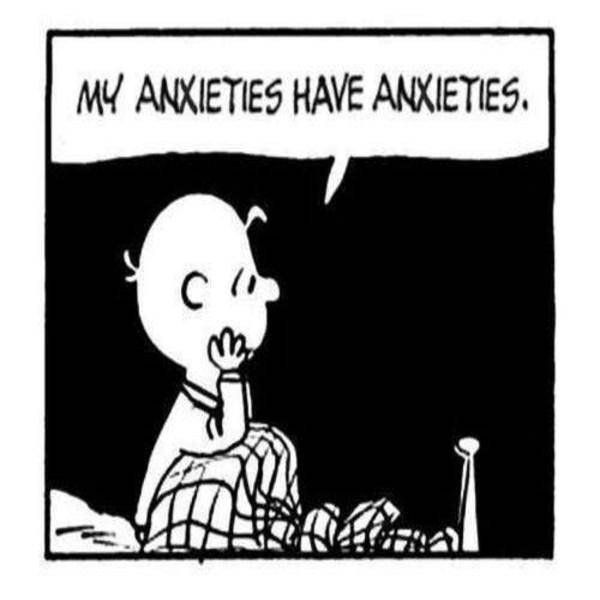A lot of people are not familiar with what a migraine is and some just believe it to be a term for a really bad headache, which is partially true. However, some use the term “migraine” loosely and that is a big pet peeve of mine. It can also be very heartbreaking when someone thinks you are exaggerating on what you are experiencing. Since I have been having a lot of outbreak of migraines lately, I thought I would shed some light on what it really is.
Merriam-Webster’s official definition of a migraine is “a condition marked by recurrent severe headache often with nausea and vomiting.”
The exact cause of migraines is unknown, but factors that could possibly trigger one include certain types of foods, drinks, activities and exercise, medications, stress, too much or too little sleep, bright lights, hunger, odors and hormones.
A total of 21 million Americans suffer from migraines, including children. 18 percent of women, 6 percent of men, and 10 percent of children experience migraines. It has even been reported that children as young as 18 months have experienced migraine headaches. Usually the first outbreak will occur during adolescents, and rarely after age 40. About 80 percent of migraine sufferers have a family history of migraines.
So, what is it really like to have a migraine?
The pain:
The pain in particular is caused by inflamed blood vessels and typically stays on one side of the head. One out of three times the pain can be on both sides. The pain of migraine occurs when the trigeminal nerve releases chemicals that irritate blood vessels and cause them to inflame on the surface of the brain. The inflamed blood vessels then sends pain signals to the brain stem where the pain is processed.
Auras:
Auras occur in less than a quarter of migraine sufferers. The most common type of auras are vision auras. Vision auras can be squiggly lines, geometric shapes, or flashing lights that impairs your vision. They typically don’t last more than an hour and they are usually a warning sign before the migraine comes. Sometimes you can get them 5 to 20 minutes before, and sometimes not until after you already have the pulsing head pains. Occasionally, a vision aura can occur without a headache at all.
A sensory aura, also known as paresthesia, causes a tingling and/or numbness sensation in your limbs and occurs in 40 percent of people who experienced auras.
A dysphasic aura can cause speech problems. Imagine wanting to say something but aren’t able to properly get the words out. It is like forgetting how to talk.
Nausea and fatigue:
Just when you thought it couldn’t get any worse… Wrong. Not only do you get pain and vision problems but you can also start to feel like you want to vomit.
Sensitivity to light and sound is a major side effect. Something as simple as looking at the TV, hearing ant kind of noise, or strong smells can easily trigger sensitivity. Peace, quiet, and pitch-black darkness will all become your best friends.
Your whole day is wasted away. Forget if you had any important plans, deadlines, work or school because those don’t mean a thing at the moment. Your migraine will not allow you to properly function to be able to perform your day-to-day duties.
Overall, a migraine can last anywhere between 4 and 72 hours. Even when the pain subsides it still lingers around. Some experience migraines once or twice a month, and then there are those who suffer from chronic migraines which affect 14 million Americans. People that suffer from chronic migraines experience migraines 15 or more days in a month and may require disability benefits as they are unable to keep a job. Job Accommodation Network has estimated that 157 million work days in the U.S. are lost due to migraine headaches.
There is currently no cure for migraines. Migraines are the 3rd most prevalent and 8th most disabling illness in the world. Next time you hear the word “migraine”, try to remember that it is more than just a bad headache.





















